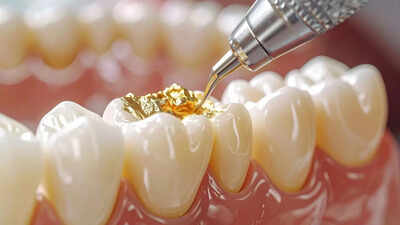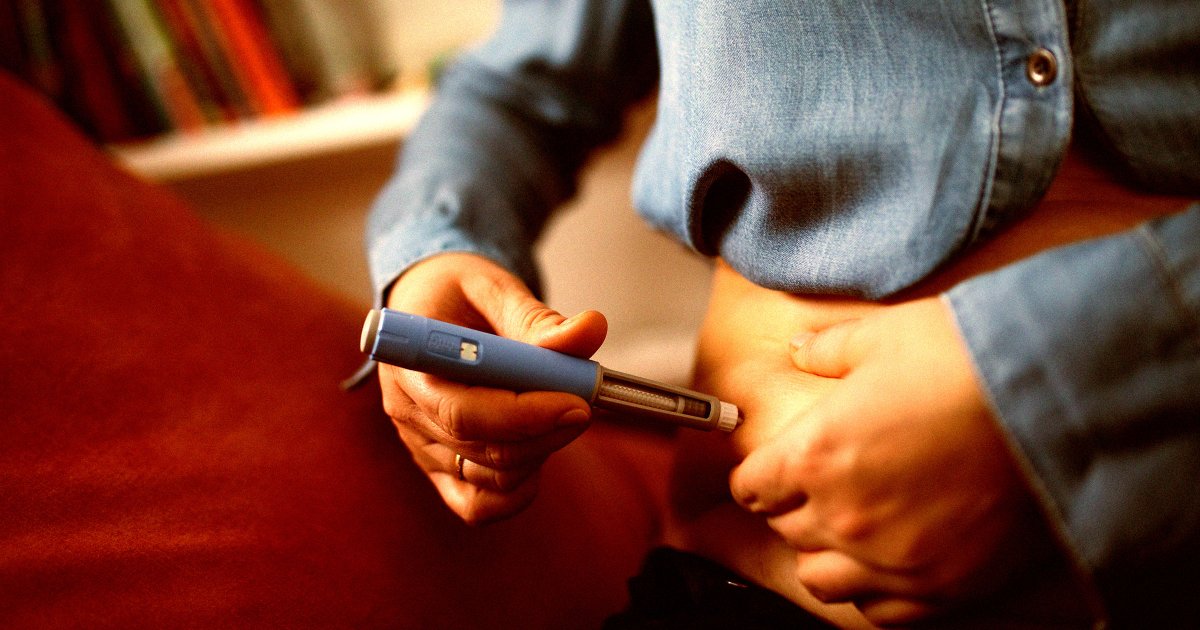Imagine a world where cavities could be reversed instead of being drilled and filled. That possibility is now closer than ever. According to a 2024 study published in Nature Communications, scientists have developed a glycerol-stabilised calcium phosphate gel capable of repairing early enamel damage by mimicking the tooth’s natural mineralisation process. This discovery represents a breakthrough in preventive dentistry. Though still in development, experts believe it could mark a shift from repairing cavities to regenerating enamel naturally.
Why regrowing tooth enamel matters for oral health
Tooth enamel is the strongest material in the human body, yet it cannot regrow once lost. This thin, protective outer layer shields the teeth from acids, bacteria, and wear. When enamel erodes, the inner dentine becomes exposed, causing sensitivity and increasing the risk of decay. Current dental care focuses on patching damaged areas with fillings or crowns, but these are artificial replacements, not true restoration.The Nature Communications study explains how scientists aimed to replicate enamel’s natural growth process. Their glycerol-stabilised calcium phosphate (CaP) clusters form a nanoscale coating that can merge seamlessly with existing enamel. This new layer mimics the hardness and composition of natural tooth enamel, effectively rebuilding lost mineral density. The research could fundamentally change the approach to oral health by treating early-stage decay before it requires invasive procedures.
How the new enamel-regrowing gel works
The technology is based on biomimicry, meaning it imitates the natural biological process of enamel formation. During tooth development, cells called ameloblasts secrete proteins that guide calcium and phosphate ions to crystallise into enamel. Once teeth erupt, ameloblasts are lost, making regeneration impossible.Researchers overcame this by developing a glycerol-stabilised calcium phosphate cluster, a material that mimics enamel’s crystalline structure. When applied to a demineralised tooth surface, these clusters bind tightly and rapidly form a protective coating. In controlled lab tests, the gel successfully repaired early-stage enamel erosion within hours, demonstrating mechanical strength and acid resistance comparable to healthy enamel.What makes this particularly impressive is that the gel integrates with the tooth surface rather than sitting on top of it. This could make it a non-invasive, self-healing treatment for minor cavities and erosion, something no toothpaste or mouthwash can achieve alone.
Key benefits of regrowing tooth enamel with calcium phosphate gel
If clinical trials confirm its safety and effectiveness, this new gel could transform how dentists manage oral health. The potential benefits include:
- Early
cavity prevention : The gel could halt tooth decay before it progresses, reducing the need for drilling and fillings. - Reduced tooth sensitivity: By sealing exposed dentine, enamel regrowth may naturally relieve discomfort caused by temperature or acids.
- Long-lasting protection: The new enamel layer closely matches the hardness and resilience of the natural one, improving durability.
- Accessible preventive care: Applied by dentists or potentially in at-home treatments, it could make enamel protection easier for everyone.
Together, these outcomes suggest a future where dental damage can be repaired before it becomes irreversible.
What limitations remain before enamel regrowth becomes available
Despite the promising results, the Nature Communications research is still in its experimental phase. The gel has shown success in laboratory and simulated oral environments, but human clinical trials are still needed. Scientists must confirm how well it performs under real-life conditions like chewing, saliva exposure, and bacterial activity.Another challenge is scalability. Producing stable, medical-grade calcium phosphate clusters that retain effectiveness over time is complex and costly. It may take several years before the product reaches dental clinics. Researchers are now exploring ways to optimise its composition and shelf life to ensure consistent results in everyday use.
The future of dentistry with enamel regrowth
If successfully commercialised, tooth enamel regrowth technology could mark a major turning point in dental care. Instead of filling cavities, dentists could focus on biological repair and regeneration, preserving the tooth’s natural structure. Preventive treatments might become as simple as a topical application during a check-up, making oral care less invasive and more sustainable.For now, maintaining enamel health remains essential. Brushing twice a day with fluoride toothpaste, flossing regularly, avoiding acidic foods, and scheduling routine dental visits are still the best defences against enamel erosion. This new discovery adds hope, not replacement, to those habits.The idea of regrowing tooth enamel was once science fiction, but it is now on the verge of becoming science fact. The 2024 Nature Communications study has opened the door to a new kind of dentistry, one where the body’s natural defences can be restored, not replaced. While we may still be a few years away from enamel-regenerating gels appearing in clinics, the progress so far suggests that the future of oral care is regenerative, not restorative.Disclaimer: This article is for general informational purposes only and is not a substitute for professional medical advice, diagnosis, or treatment. Always seek the guidance of a qualified healthcare provider regarding any medical condition or lifestyle change.Also read| Can you really breathe through your butt? Inside Japan’s surprising medical experiment



